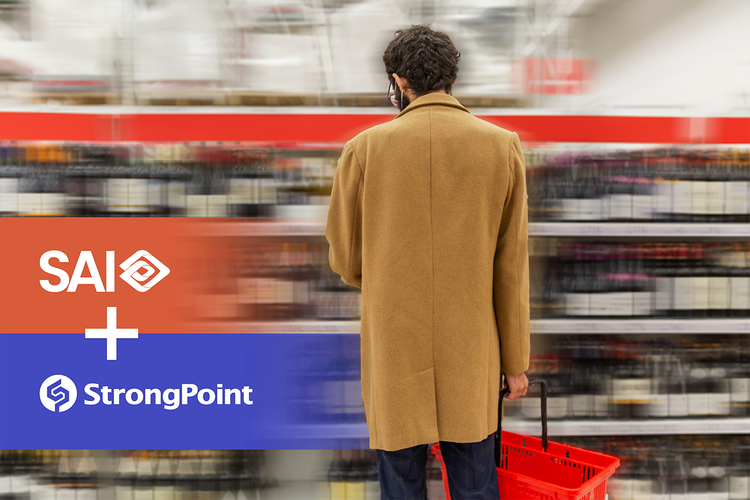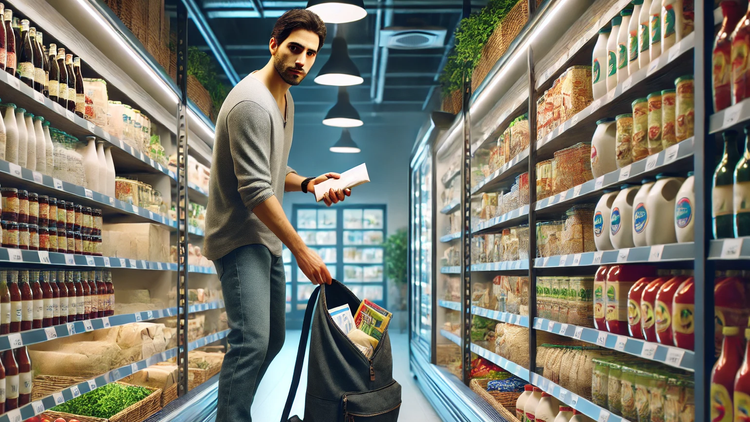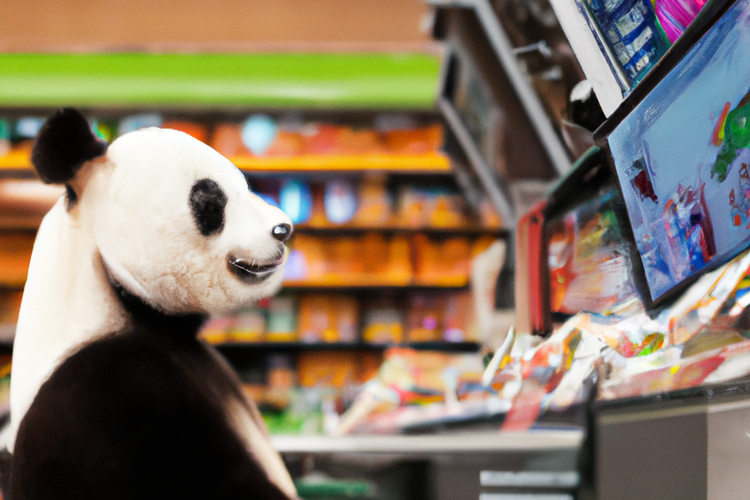Dealing with the Shoplifting Epidemic
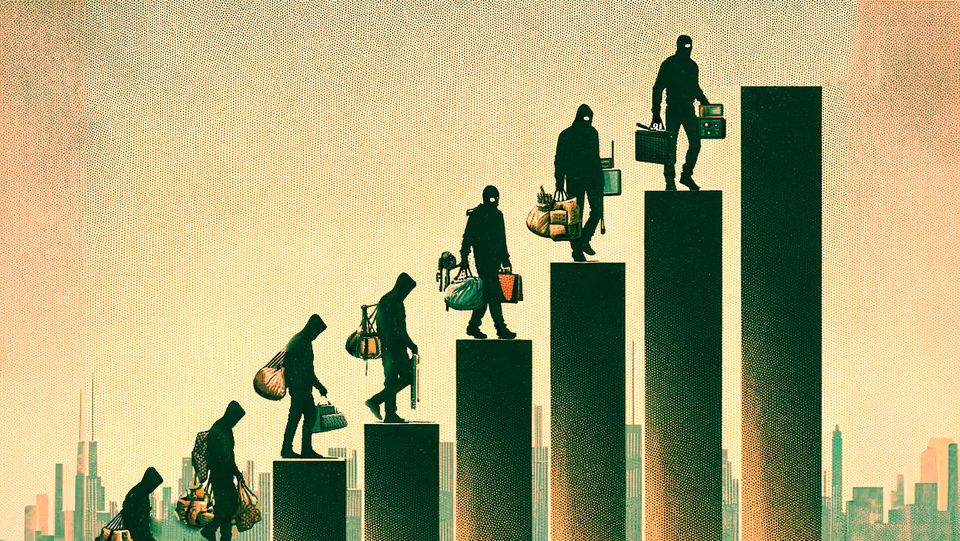
The statistics around the rise in shoplifting are incredibly concerning for retailers everywhere in the world. It almost doesn’t matter whether you believe the cause is a post-pandemic change in societal attitudes, a cost of living crisis, or a generation living through social media - the numbers speak for themselves.
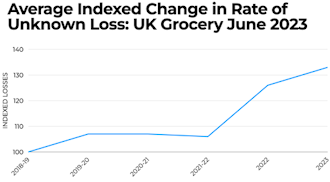
In terms of working to solve the issues, these statistics only provide part of the picture. Retailers are often quick to point to the low prosecution rate for shoplifting offences. In some jurisdictions, particularly in states in the US where the dollar-value threshold for a felony offence has been raised in recent years, the rate is functionally zero. In the UK, where shop theft below £200 ($250) is dealt with in courts with limited sentencing powers, just 16% of incidents reported to the police result in a conviction.
As the incident numbers rise, industry leaders and policy makers are using variations on the term “shoplifting epidemic” with increasing frequency. And the lack of effective policing and strong action through the courts makes the situation feel like the early stages of the COVID pandemic, with infections spiralling and no effective treatment options available.
Learning from the Pandemic - Safeguard Your Stores with Pragmatism and Evidence-Based Decision Making
Recent history has taught us many valuable lessons that will shape the way we live and work in the future. Reflecting on the steps taken during the early stages of the COVID-19 pandemic, we can draw valuable lessons for combating the rise in shoplifting.
1. Raising Awareness and Educating the Public
Just as some people initially dismissed COVID as a mere flu, many individuals perceive shoplifting as a harmless, victimless crime. Retailers can take control of the narrative by increasing awareness about the detrimental effects of shoplifting, particularly the surge in violence towards staff. Those who may overlook crimes against property are often more concerned about crimes against individuals, such as aggression and assault.
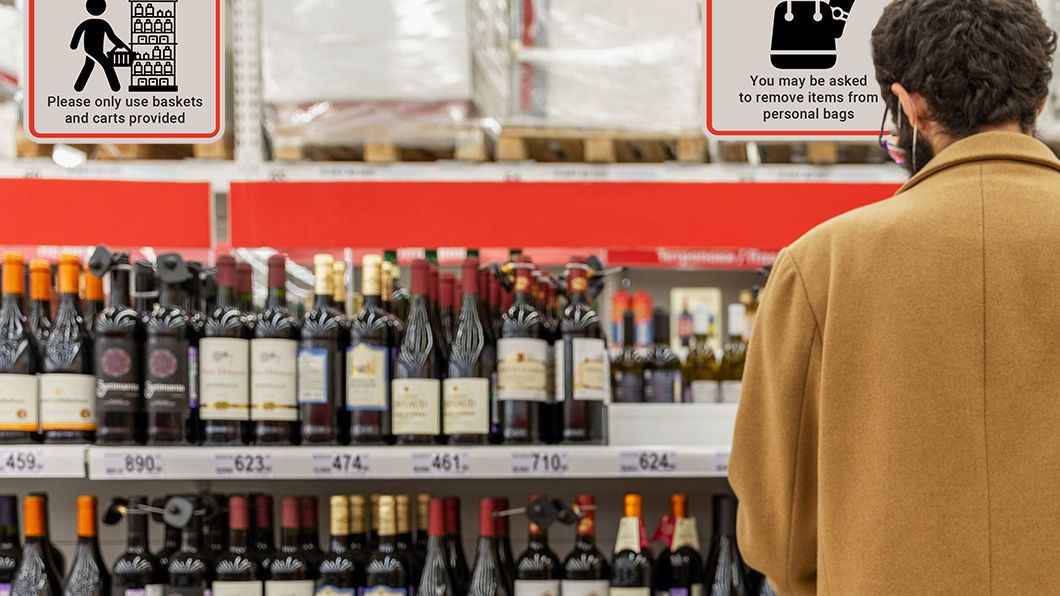
In stores, prominently displayed signs encouraging the use of baskets and carts instead of backpacks and coat pockets have proven effective in the stores where our systems operate. Indicating a zero-tolerance policy towards anti-social behaviour and showcasing new technological deterrents can also help create a safer shopping environment.
2. Early Identification and Actionable Data
Fast identification and diagnosis were crucial in containing the spread of COVID-19, and the same principle applies to combating endemic shoplifting. While prosecution rates for shoplifting are disappointingly low, the incident detection rates are even lower. According to the British Retail Consortium’s latest Retail Crime Survey, there were 8 million theft incidents in the industry in the past year, up from 7 million the previous year. Shockingly, only 325,000 events were reported to the police, suggesting a detection rate of approximately 4%.
Offenders themselves reveal, during post-offending interviews, that they expect to be caught in the act only once in every fifty visits to a store, at most. Just as the world relied on scientists to develop rapid testing programs, retailers can turn to emerging technologies to help identify shoplifting attempts. For instance, the SAI Platform utilises generative AI techniques to transform existing camera system inputs into accurate, real-time alerts. Armed with these alerts, staff can adopt a customer-service approach to confront potential shoplifters and disrupt their theft attempts.
By significantly increasing the detection rate from single digits to around 80%, our customers have experienced remarkable benefits, such as a substantial reduction in stock losses and safer shopping and working environments.
3. Isolating Harm and Deterring the Spread
There is no doubt that shoplifting is contagious. Social media has played a role in shifting attitudes, moving from seemingly spontaneous dance routines to organising mass theft and robbery events. Even constant news headlines can influence otherwise law-abiding individuals to think, "If everyone else is doing it, why shouldn't I?"
Social media is a vector for shoplifting contagion. It might also be effective in helping to stop the spread.
Unlike viruses, shoplifters have ways to communicate with each other. Once they realise that your store has implemented extra layers of protection and is no longer the softest target, they will seek easier pickings elsewhere. Similar to an infection, theft tends to follow the path of least resistance and frequently targets the most vulnerable.
Swiftly identifying and taking action to prevent theft is the most effective way to isolate the harm. In the worst-case scenario, you recover your stolen products, and the perpetrator learns that your store is no longer an easy target—analogous to having antibodies in your system. An added benefit is that you may also prevent the perpetrator from sharing a video of their ill-gotten gains, thereby eliminating a potential source of contagion for others.
4. Co-operation
Solving the major issues thrown up by the pandemic really emphasised the importance of global cooperation. Epidemics do not respect borders, which only demonstrates that we are all intimately interconnected. It is therefore crucial for companies to work together, bringing governments and other public agencies into the conversation, to share information and collaborate on finding solutions to the extraordinary challenges.
Retail already does a great job of coming together to share information, technologies and best-practices to deal with shop theft with various regional, national and international share groups devoted to the issues
5. Innovation
As an industry, retail had to adapt sharply to the changes imposed around the world by the COVID-19 pandemic. Suddenly, businesses that had never considered online sales were pivoting to e-commerce, and contactless transactions became the norm in brick-and-mortar stores. This rapid innovation was not just about adapting to a new sales model but also about tackling the challenges that came with it, including safeguarding stores and the colleagues working in them.
Innovation in theft prevention and store security has to be a priority in the same way. We are already seeing the introduction of advanced surveillance systems, AI-based analytics, and creative in-store layouts designed to deter shoplifters. Some stores have started using face recognition technology to identify known offenders as soon as they enter the premises. Others employ weight sensors on shelves to detect unusual product removal activities.
Furthermore, investment in employee training to recognize and safely respond to theft attempts is an innovation in human resources that can pay dividends. The employees become the eyes and ears of the store, able to detect and deter theft through excellent customer service or by identifying suspicious behavior and responding accordingly.
The challenge is to continue to evolve these innovations while maintaining the balance between providing a welcoming environment for genuine customers and a deterrent one for potential thieves.
Conclusion
While effectively immunising retail against the shoplifting epidemic requires changes in society as a whole, the lessons from dealing with the COVID-19 pandemic offer a blueprint for a comprehensive strategy to tackle the immediate surge in cases. It's about awareness, early detection, isolation of harm, cooperation among stakeholders, and relentless innovation. As with any epidemic, it's also about perseverance and resilience. Retailers and communities must be prepared to adapt their strategies as the situation changes, just as the world did in the face of a global health crisis.
The epidemic of shoplifting is a serious concern, but it is not insurmountable. With thoughtful application of the lessons we've learned in recent years, combined with a commitment to staying ahead of the curve, the retail industry can rise to meet this challenge just as it has with others in the past.


